
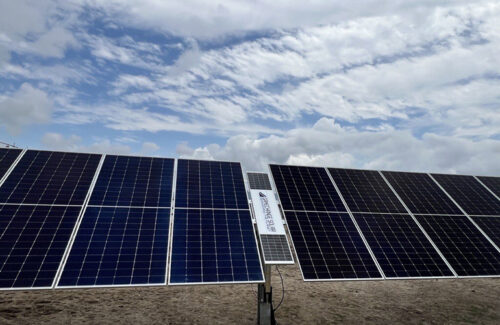
GameChange Solar is a global provider of solar trackers and fixed tilt bracket systems, and has launched FlexRail, an installation system designed for flexible module selection. FlexRail addresses the industry challenge of solar module supply fluctuations caused by tariffs, logistics delays, and global market volatility. If the photovoltaic modules undergo changes after the manufacturing or installation of the tracker, the project may face expensive redesigns or on-site modifications. GameChange Solar's FlexRail installation system allows the same tracker design to accommodate multiple different components and minimize interference. Nat Healy, Product Director of Genius Tracker, said, "Component supply is one of the most dynamic variables in today's utility scale solar projects. By providing trackers that support various component types, we can help customers maintain project progress and protect their financial models, ensuring smooth project progress even if they replace components later in design or installation GameChange's latest white paper, "Component Flexibility of Single Axis Trackers: Research on FlexRails and Other Tools for Coping with Component Changes in Project Design," explores key design features to enhance component flexibility, including fixture based track systems, flexible beams, unperforated torque tubes, and low profile bearings. These elements enable utility scale solar projects to adapt to the constantly changing supply of photovoltaic modules while maintaining cost-effectiveness and construction progress.
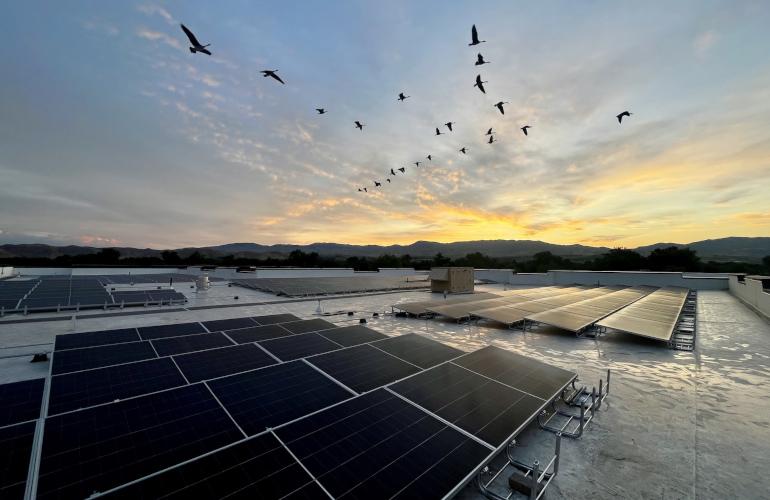
EGT Solar recently installed 340 solar panels and a monitoring system at Whittier Elementary School in Boise, Idaho. EGT Solar has completed the installation of the new system in the summer of 2025 to facilitate the smooth start of the autumn semester. This measure reflects Boise College District's dedication to environmental responsibility and is in line with Boise City's goal of achieving 100% renewable electricity for the entire community by 2035. The solar system is mainly composed of products manufactured in the United States and is expected to meet 53% of the school's energy needs. In the first year alone, the school is expected to save approximately $14560. Thanks to the expected energy-saving effects and incentive measures, the system will recoup its costs in 12 years or less. Years of continuous savings will release more resources for educational projects and facility improvements. Boise Campus will obtain real-time data on the performance of each solar panel through the advanced monitoring function of the system. This installation also provides opportunities for STEM related education. In the upcoming academic year, EGT Solar plans to demonstrate to students and faculty at Whittier Elementary School the technology behind the solar panels currently powering the school. I am very excited to collaborate with Boise Campus on this project, "said Dan Bennett, Sales Director at EGT Solar. When I was young, I served as a student representative and volunteer for the Boise School District, witnessing firsthand the district's care for this community. It is evident that this district is committed to providing high-quality education for future generations, and we are pleased that our team can contribute to their efforts
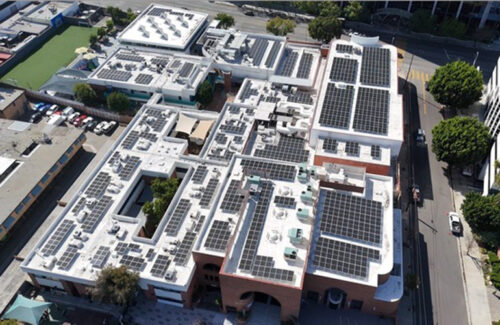
The Jewish Solar Challenge (JSC) announced on September 1st that the funding application cycle for 2025 has officially begun. All Jewish non-profit organizations that own their own buildings (including synagogues, Jewish schools, and Jewish camps) are eligible for a matching grant of up to $50000 for the installation of solar panels. The application deadline is September 22nd, and JSC will announce the list of winners at the end of November. The Jewish Solar Challenge program offers over $300000 in prize money, and since its establishment in 2022, the total amount of prize money provided for solar panels has exceeded $1 million. Organizations that have received solar energy quotations (i.e. those preparing to start installation immediately) will be given priority. Jewish non-profit organizations interested in developing solar energy should take immediate action - before the federal solar incentive expires, "said Mitchell Schwartz, founder of the Jewish Solar Challenge. We are here to ensure that recent policy changes do not slow down our community's transition to clean energy, so that we can create a better future for future generations Senior communication executive and environmentalist Mitchell Schwartz founded the Jewish Solar Challenge three years ago, dreaming of installing solar panels on the roofs of all Jewish organizations in North America. So far, the Jewish Solar Challenge has provided matching funding to 14 organizations across the United States and a Jewish community in Tikva, Uganda. So far, the Jewish Solar Challenge has funded over $2 million in solar projects. JSC funded winners need to demonstrate a broader commitment to sustainable development, not just the installation of solar panels. Respecting and caring for our planet is our responsibility, "said Limor Zimskind, former president of Temple Emanu El and recipient of aid in 2024. Although the upfront cost of solar energy may be too high for many non-profit organizations, funding for the Jewish Solar Challenge allows us to take an important step towards sustainable development and save our electricity bills in the long run Qualified applicants will enter the final round of the funding process. Before the final application deadline, JSC experts will work directly with various organizations to plan specific measures aimed at enhancing the sustainability of their communities. The deadline for the second round of applications is October 31st.
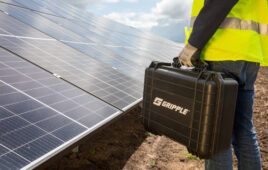
Gripple will launch a new cable hanger at the RE+trade show. The new above ground cable management system adopts a double catenary structure, forming a sturdy fence like support, minimizing sway and sagging, and achieving high ground clearance and cable safety even in harsh weather conditions. The durable hanger components are made of UV stabilized glass filled nylon 66, which has high strength, heat resistance, corrosion resistance, and electrical insulation properties, with a service life of over 30 years. The rated load of the system allows for a larger span between hangers. Gripple stated that the hanger can be installed onto the contact wire within 5 seconds, and its snap on fixing device prevents any lateral movement, simplifying the installation process and enhancing overall system safety. The timing test also showed that 750 kcmil cables can be installed up to 100 feet (about 30 meters) per minute, which is 50% faster than other contact network systems. The system can accommodate up to 24 1000 kcmil cables, meeting high-capacity requirements while avoiding potential derating through appropriate cable separation.
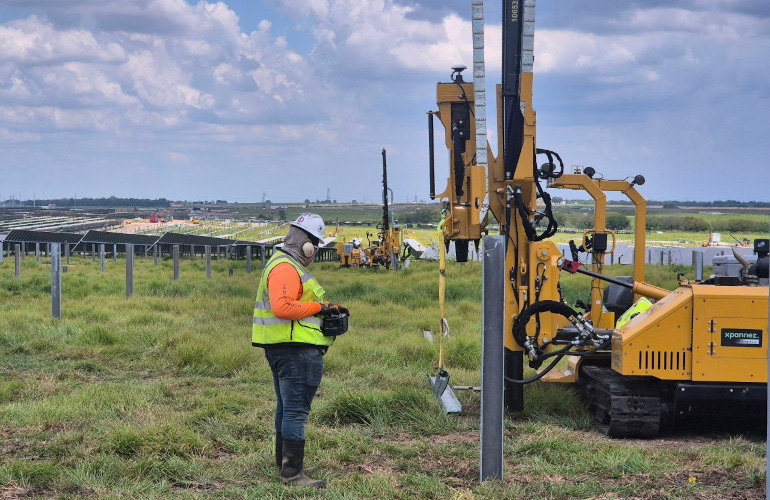
Xpanner, a provider of building automation solutions, has officially launched its flagship product X1 Kit, a retrofit option for automating existing construction site equipment. Xpanner was founded in South Korea in 2020 and entered the US market in 2023, aiming to transform cutting-edge technology into practical tools within reach of ground operators. The company initially launched an automation suite that provides pre configured automation functions for construction equipment such as pile drivers and excavators, such as remote control, intelligent accessories, and precision guidance systems. X1 continues this vision by integrating physical AI capabilities to transform all brands and models of existing construction machinery into intelligent software defined machinery (SDM). Xpanner CEO Henri Lee said, "Our product roadmap over the past few years has led us to this critical moment. The launch of X1 provides a practical and easy to understand physical AI that can significantly increase productivity, reduce costs, and increase efficiency by over 50% without investing in new machines. The entire industry is ready for this transformation, and Xpanner is honored to lead this change. ” X1 is now on the market and can be put into use immediately. At present, it has been applied in various building applications such as pile drivers, and plans to expand its application to other mechanical equipment. Our flagship product is designed to meet the urgent automation needs of construction sites, focusing on high-precision and high complexity tasks, so we chose pile driving technology, "said Lee. Our technology is tailored specifically for the construction industry, simplifying on-site automation processes to make them faster and more efficient. At Xpanner, we comprehensively examine the entire project or site. We are not simply implementing device automation, but focusing on automation of specific tasks, which makes our approach uniquely targeted. These individual task automation collectively promote the automation of the entire construction workflow. ” X1 is particularly effective for high impact applications such as pile driving in solar installations. This adaptability enables X1 to automatically execute complex tasks, reduce reliance on high skilled labor, and significantly reduce costs and improve efficiency. The company claims that X1 has recently achieved automation of the pile driving process, reducing labor demand by 80% and operation time by 50%. The system can continue to evolve on the construction site, forming a basic physics AI infrastructure that can learn and improve over time. We are excited about X1 not only because of its technological innovation, but also because it will bring tangible changes to the construction industry, "said Lee. For a long time, the construction industry has been facing issues such as labor shortages, inadequate personnel training, and low operational efficiency. We believe that X1 will accelerate its transformation to...
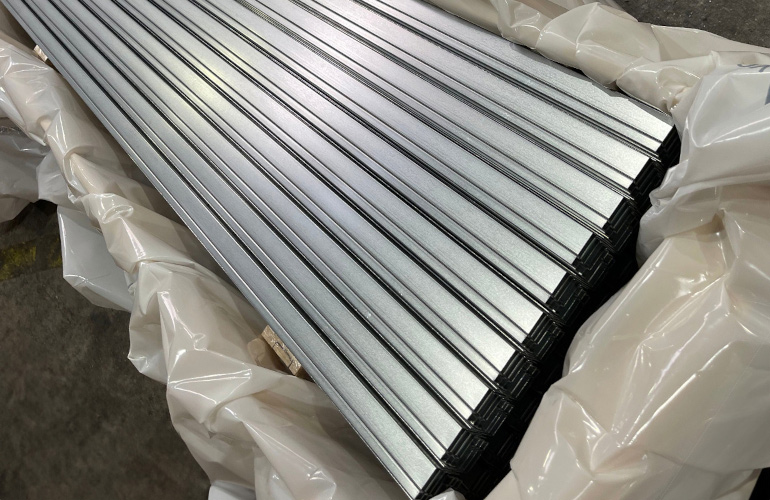
Bila Solar is collaborating with Origami Solar to provide steel frame solar panels to its American customers. Bila's 550 watt dual glass solar module will be equipped with Origami's steel frame as an option, and the module will also use solar cells made in the United States. By using American made steel frames and solar cells, Bila's solar panels assembled in Indiana have increased domestic content, helping developers more easily obtain the 10% domestic content incentive for investment tax credits. The new steel frame 550-W module series will be exhibited at the upcoming RE+trade show in Las Vegas. Mick McDaniel, Vice President and General Manager of Bila Solar, said, "This cooperation closely integrates the future of renewable energy with the core manufacturing industry in the United States, further promoting the goal of the US solar supply chain returning to the US and solving practical problems for customers. Our mission has always been to build a resilient domestic solar ecosystem. By integrating Origami's innovative and high-strength steel frame and using it with US made solar cells, we can not only provide stronger and more reliable components, but also offer customers higher domestic content, helping them obtain a 10% domestic content reward. ” The agreement also takes advantage of the increasing cost competitiveness of domestic steel compared to imported aluminum affected by tariffs, making it an economically and logistically reasonable decision. Origami CEO Gregg Patterson said, "From the beginning, Origami's goal has been to collaborate with leading manufacturers such as Bila Solar to provide products that can drive the solar industry towards stronger and more reliable system performance, support US employment and national energy security, and ensure that American innovation remains at the forefront of the renewable energy transition. ” The new module series is expected to begin delivery in the second quarter of 2026.
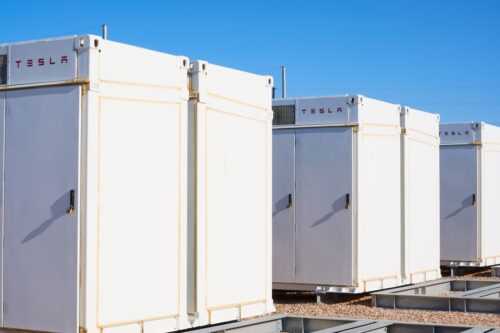
On August 22nd, Governor Phil Murphy signed a bill officially launching the Garden State Energy Storage Program (GSESP). According to the A5267 bill, the state will promote a competitive procurement process for grid scale energy storage while utilizing existing funds to avoid new costs for taxpayers. The GSESP program (formerly known as the New Jersey Energy Storage Incentive Program (NJ SIP)) aims to significantly increase the energy storage capacity of the New Jersey power grid. This plan aims to directly address the issues of demand growth and insufficient supply (i.e. the root cause of the recent increase in energy storage rates), while making important contributions to the future development of clean energy in the state. This is a critical moment in the energy landscape of New Jersey, "said Christine Guhl Sadovy, President of the New Jersey Business Utility Association. The Garden State Energy Storage Program is one of our commitments to address the root causes of rising electricity prices, ultimately returning more funds to the pockets of New Jersey households. This is not only to achieve our climate goals, but also to ensure that every household can afford lighting and a comfortable living environment GSESP is a phased implementation project aimed at deploying a 2000 MW energy storage system by 2030, as mandated by the 2018 Clean Energy Act. Energy storage systems are crucial for integrating intermittent renewable energy sources such as solar energy, enhancing the grid's ability to withstand power outages, and reducing carbon emissions. This project is the result of extensive stakeholder participation over the past two years, incorporating valuable feedback from experts, environmental organizations, and public representatives from various industries.

Global metal roof accessory supplier S-5! We are launching a new scholarship program to support individuals in pursuing further studies in the fields of architecture and solar energy. S-5! The scholarship will award a prize of $1500 to students majoring in architecture at vocational schools, community colleges, or universities. This scholarship aims to assist those who are passionate about contributing to the built environment. S-5! Founder and CEO Rob Haddock said, "Supporting the education of future architecture professionals aligns with our mission to lead, serve, and give back to the industry that shapes us. This scholarship embodies our belief that knowledge and opportunities drive progress in the construction and solar industries To qualify, applicants must be admitted to recognized vocational schools, colleges, or universities in the field of architecture; Submit an online application and two recommendation letters; Willing to work with S-5! Maintain communication and provide progress updates; And authorized to reside and study in the United States We are pleased to launch this project and help establish a strong talent pool, "said Haddock. This is a meaningful way for us to give back to society, while also supporting those who will lead and shape the future of our field The application deadline is November 1, 2025 and will be handled by S-5! Scholarship Committee review. Interested applicants can click here to learn more information and apply.
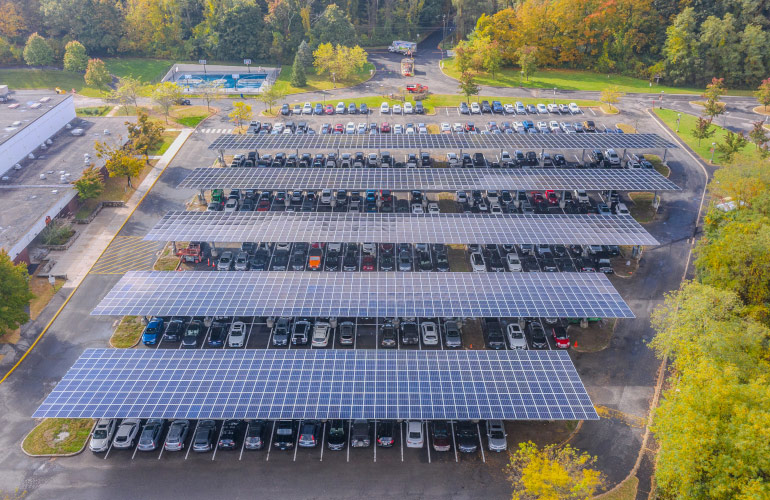
The 1.038 MW solar carport at Richfield High School in Connecticut has now been completed. The system is expected to save the school $1.5 million over the next 25 years. The project was completed in collaboration between Davis Mountain Development Company and Connecticut Green Bank. Micah Brill, Vice President of Asset Management at Davis Mountain Development, said, "This project demonstrates the enormous potential that visionary communities and strong partners can create together. Richfield has a clear vision, and with the support of Greenshore and Patriot Renewable Energy Capital, we were able to turn this vision into reality - bringing true savings, clean energy, and long-term value to the town The project adopts an innovative financing structure, including support from Connecticut Green Bank and tax equity investment from Patriot Renewable Energy Capital. AEC Solar served as the general contractor for the project and accelerated the summer construction schedule to avoid affecting the academic year. The project also benefits from the federal investment tax credit granted by the Inflation Reduction Act, highlighting how national support policies translate into local cost savings and environmental benefits. At Green Bank, we are committed to building partnerships to make the benefits of clean energy projects a reality, including significant energy savings and creating employment opportunities for our communities, "said Marianne Cardenas Treff, Investment Director of the Connecticut Green Bank." This is the latest of multiple solar projects we have completed in collaboration with DHD Renewables and the Connecticut government. We are honored to continue providing support to help them reduce energy costs and push Connecticut closer to its clean energy goals. ” This solar energy system is uniquely integrated into four independent town and school meters, allowing for optimal utilization of on-site solar energy production and full participation in programs such as Connecticut Non Residential Renewable Energy Solutions (NRES), Zero Emission Renewable Energy Credits (ZREC), and Class I REC.
Categories
New Products
Tin Roof Rapid Solar Mounting System with Hanger Bolt Read More
Residential Small Solar Easy Bracket Kit for Home Balcony Read More
Automatic Single Pile Solar Tracker with 10 PV Panels Read More
Angle Adjustable Aluminum Easy Solar Panel Bracket for Garden Read More
Intelligent Single Post Dual Row Solar Tracking System Read More
5000ES Solar Off-Grid Energy Storage Inverter Supplier Read More
Multi Drive Double-Sided Single Axis Tracker System Read More
© Copyright: 2026 Xiamen Wintop New Energy Tech Co., Ltd.. All Rights Reserved.

IPv6 network supported
Friendly Links:
Integrated Solar System